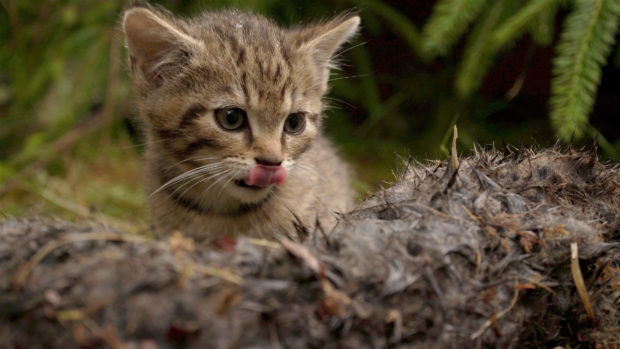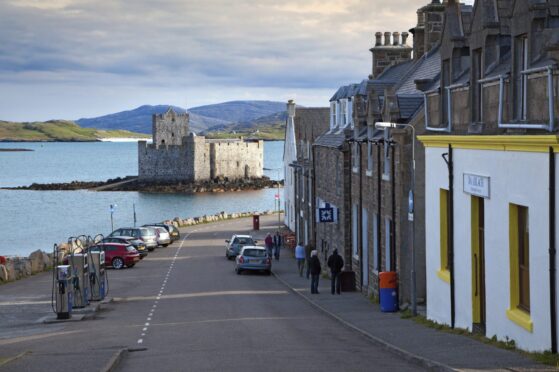A group which has spearheaded efforts to save the Scottish wildcat at sites across the Highlands has revealed plans to reintroduce wildcats to England for the first time in 300 years.
Wildcat Haven, which has worked throughout the Highlands for 10 years, has launched the British Wildcat Project in the Scottish-English border region.
Focusing first on Galloway in the south west of Scotland, the population will be encouraged to spread across Galloway, Borders, Cumbria and Northumberland, creating a new British wildcat population group.
This brings with it the prospect of wildcats being present in England for the first time in 300 years after it was wiped out as a result of human persecution and habitat loss.
Dr Paul O’Donoghue, chief scientific advisor with Wildcat Haven, said: “The British ecology needs a wildcat in it, and wildcats fit in perfectly, helping to control species like rabbit and actively avoiding conflict with humans.
“The Highlands can’t afford to lose any Scottish wildcats so we’ll be looking to healthy, wild-living European populations, and using them to re-establish a British wildcat population on both sides of the Scottish-English border.”
Survey and research work has just begun in Galloway Forest, set in the remote and wild south-west corner of Scotland, which offers a mixture of natural and commercial forestry connectivity all the way across the border to Kielder Forest in Northumberland.
Dr O’Donoghue added: “We’ve seen that wildcats can really thrive in man-made forests, and an important part of our research is understanding how we can create a sustainable population in this environment.
“The Galloway-Northumberland border region is often overlooked but this is one of the most well connected and diverse habitats in the UK, and certainly rivals the Highlands for biodiversity potential.”
The plan already has considerable landowner support coming from Gresham House Forestry, one of the largest owners of forestry in the UK and the Galloway region.
The British Wildcat Project is part of a comprehensive strategy being developed by Wildcat Haven, focused on connecting Scottish wildcats from their primary Highlands fieldwork areas and restoring a healthy population of wildcats to the Scottish Southern Uplands which can spread naturally across the border in one of the UK’s least populated regions.










